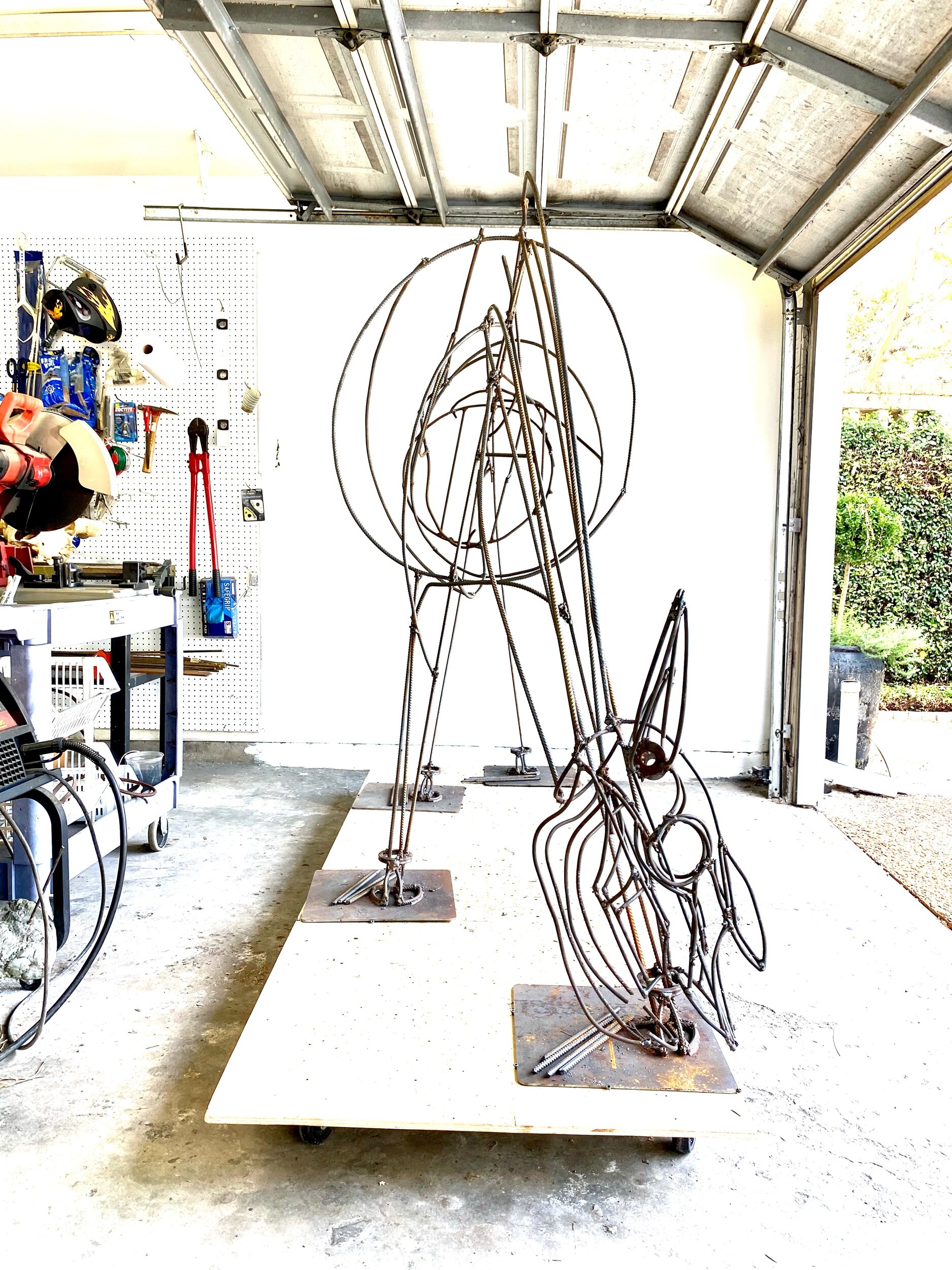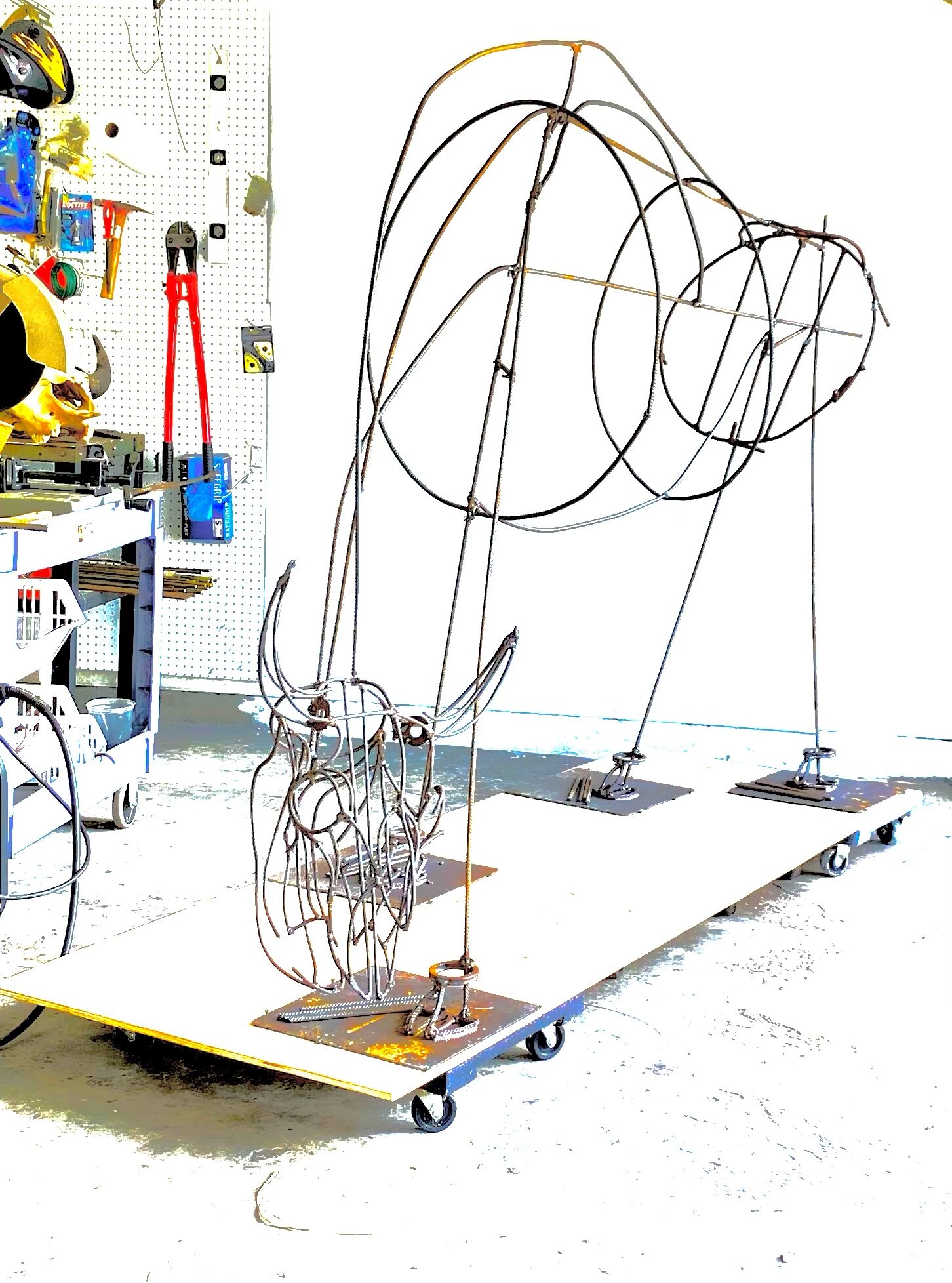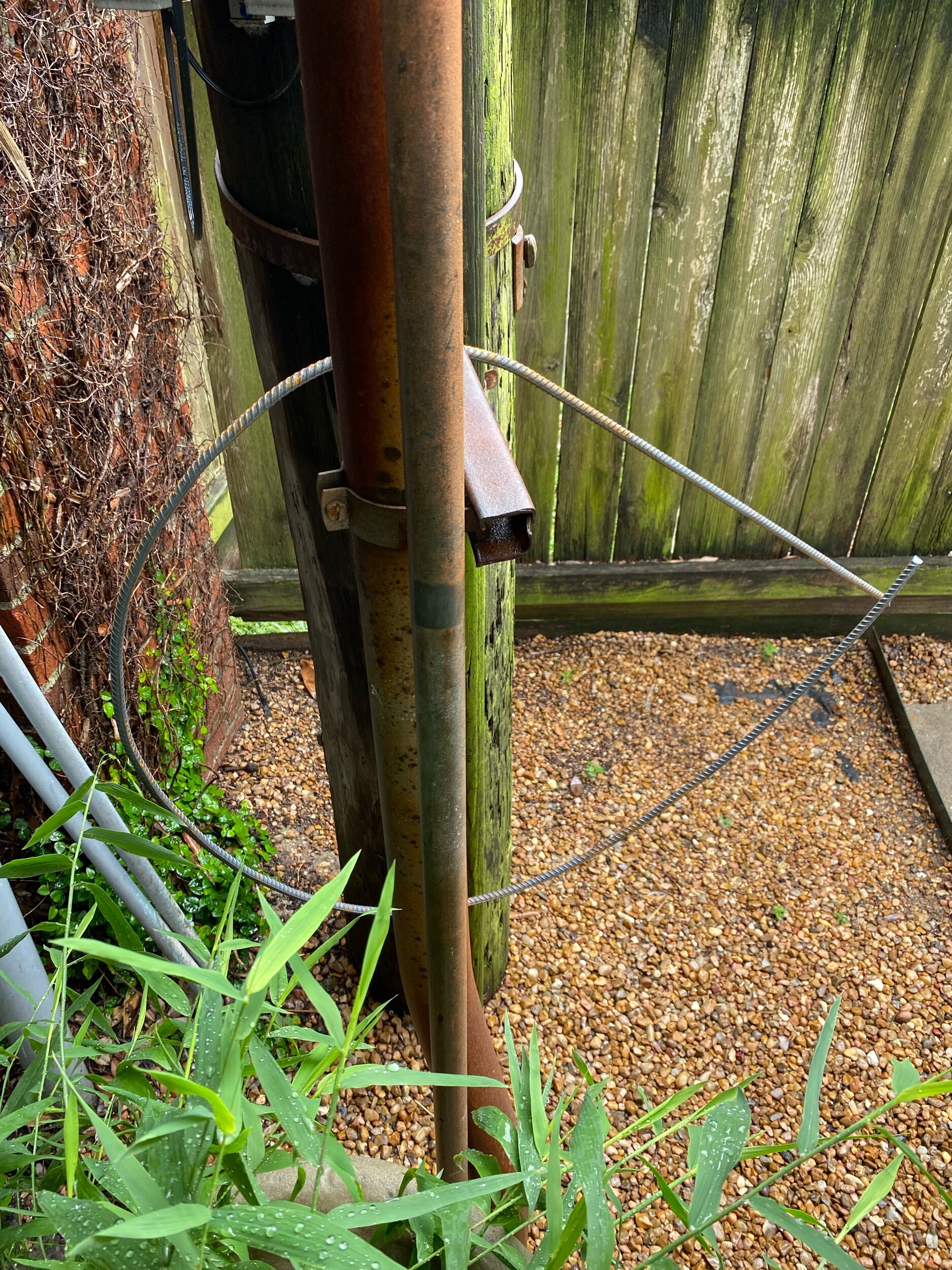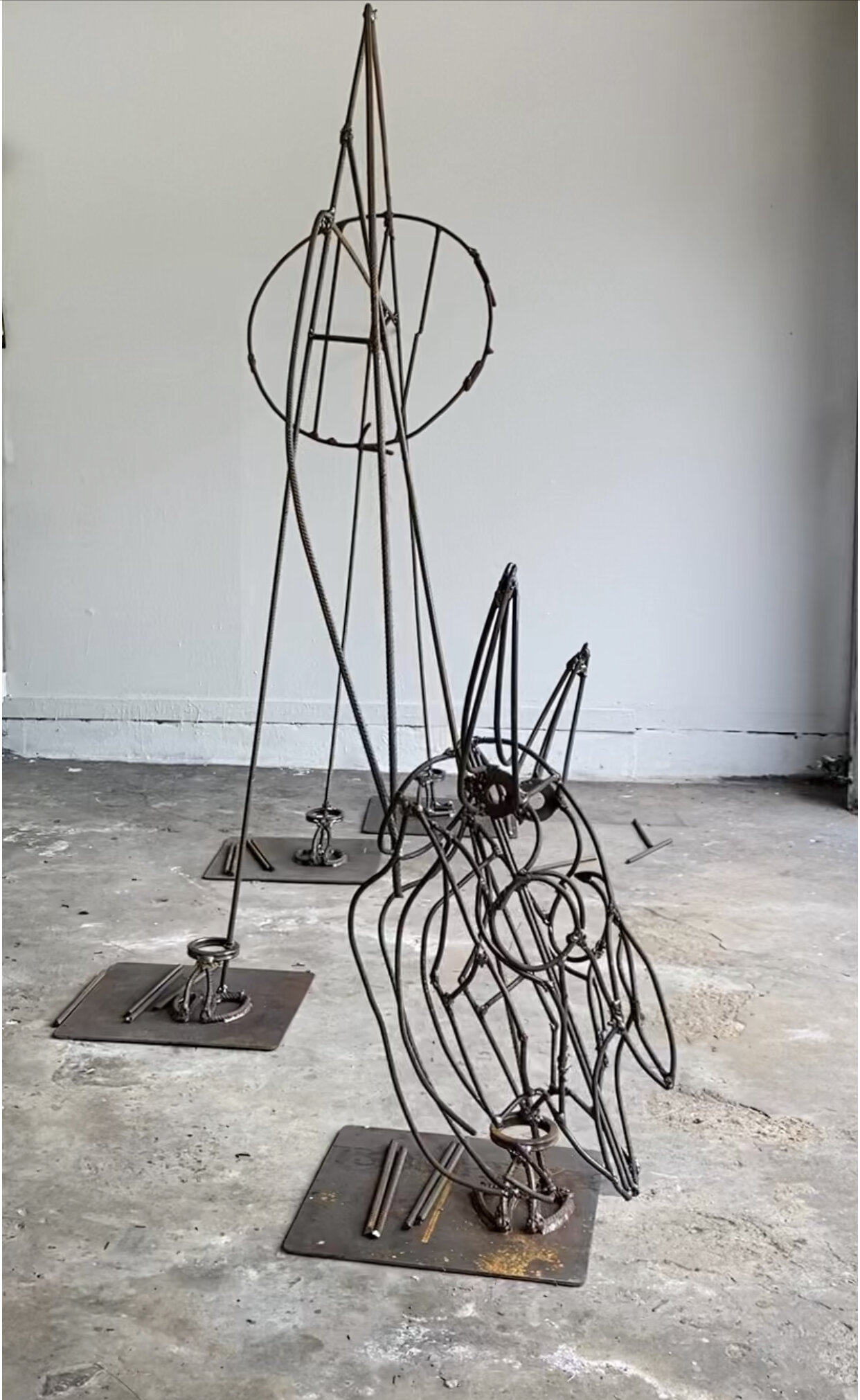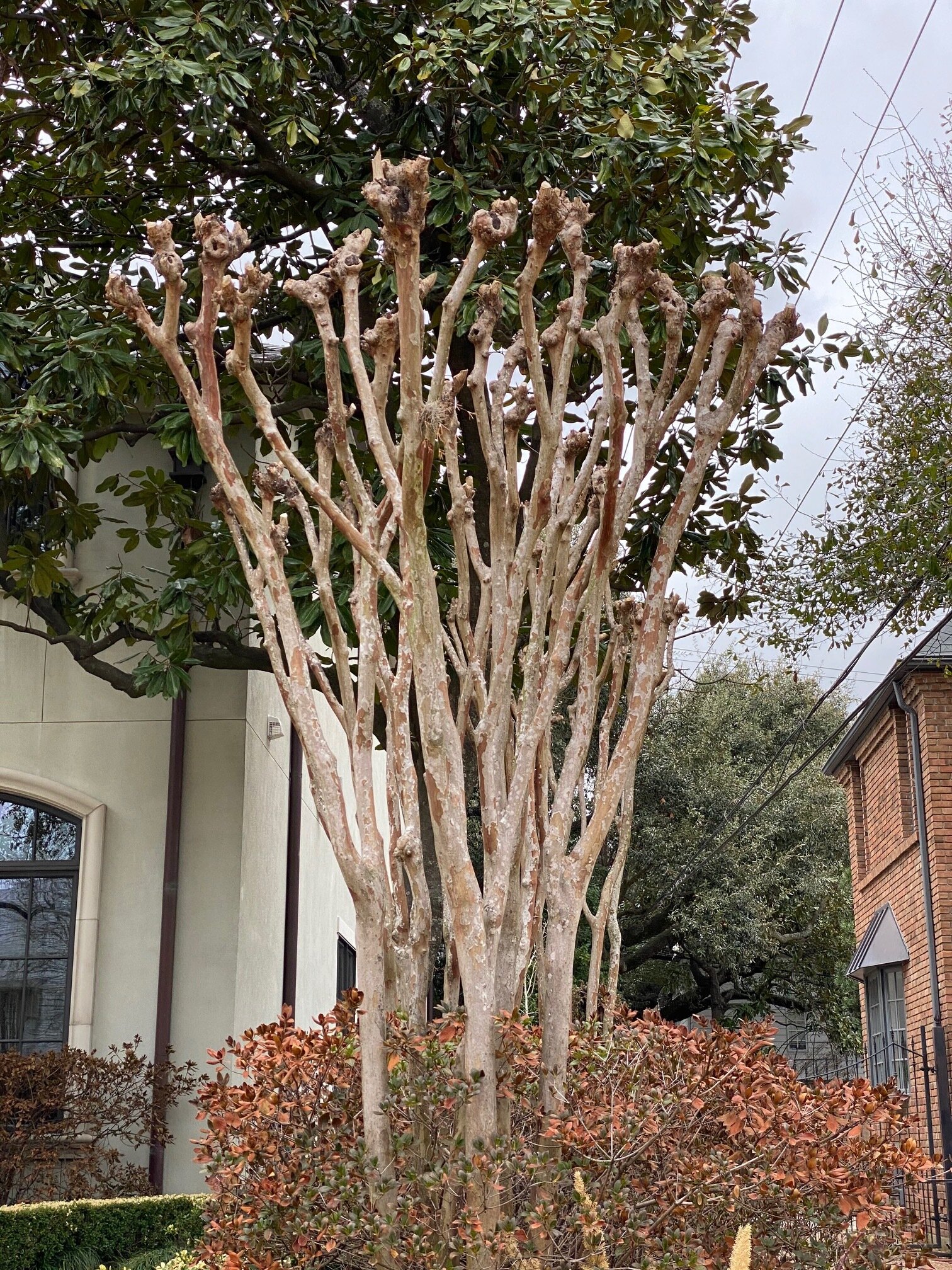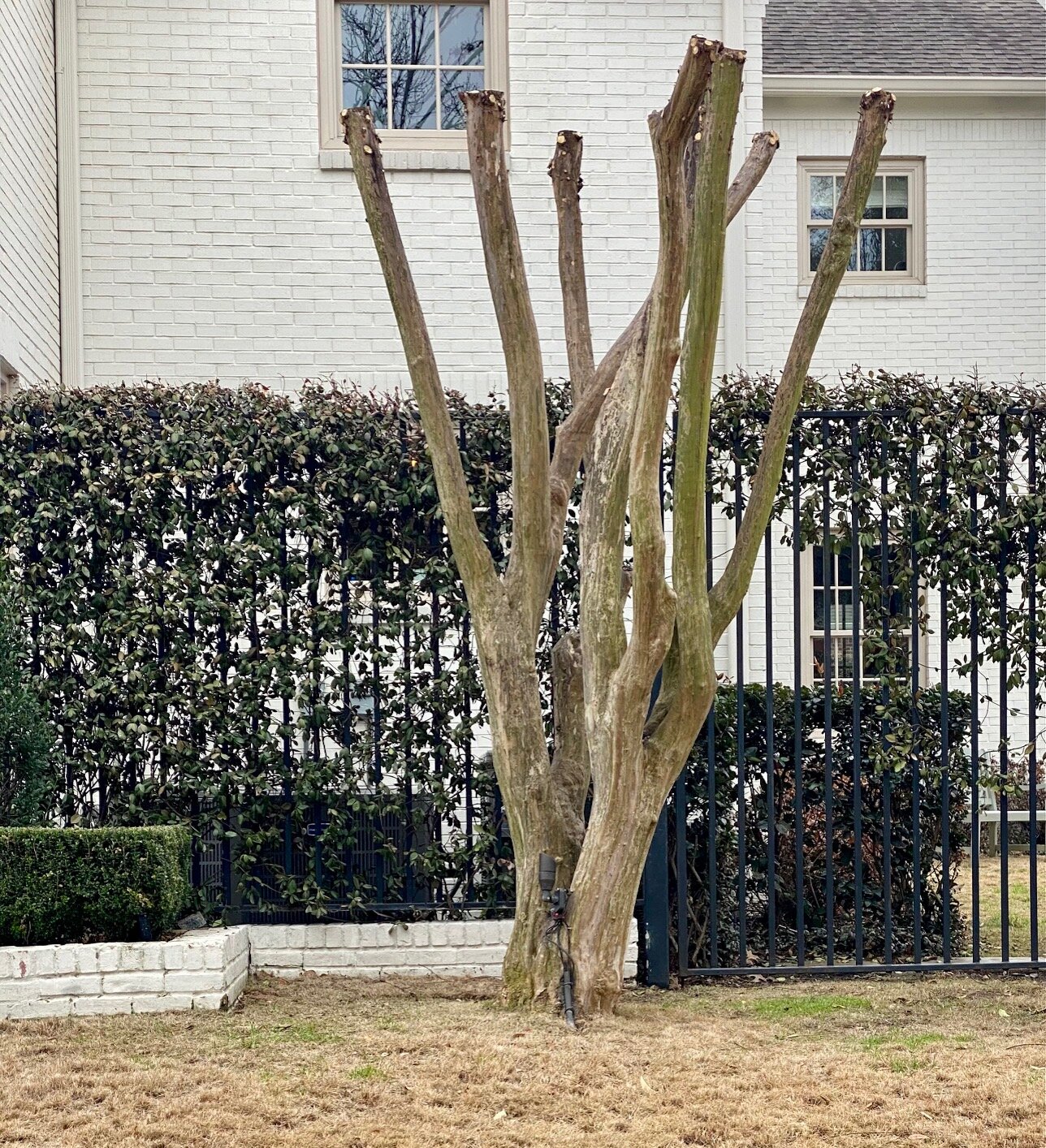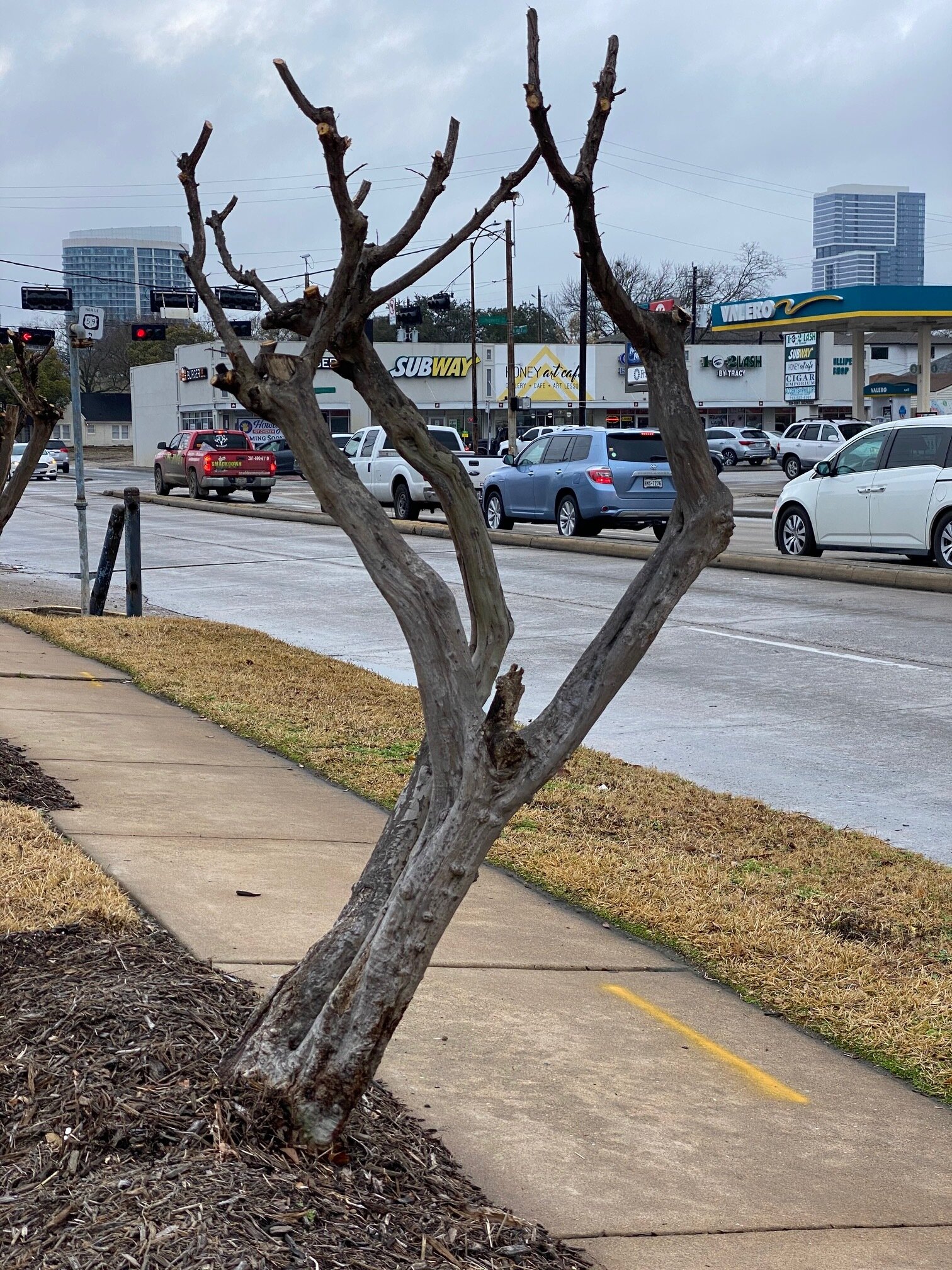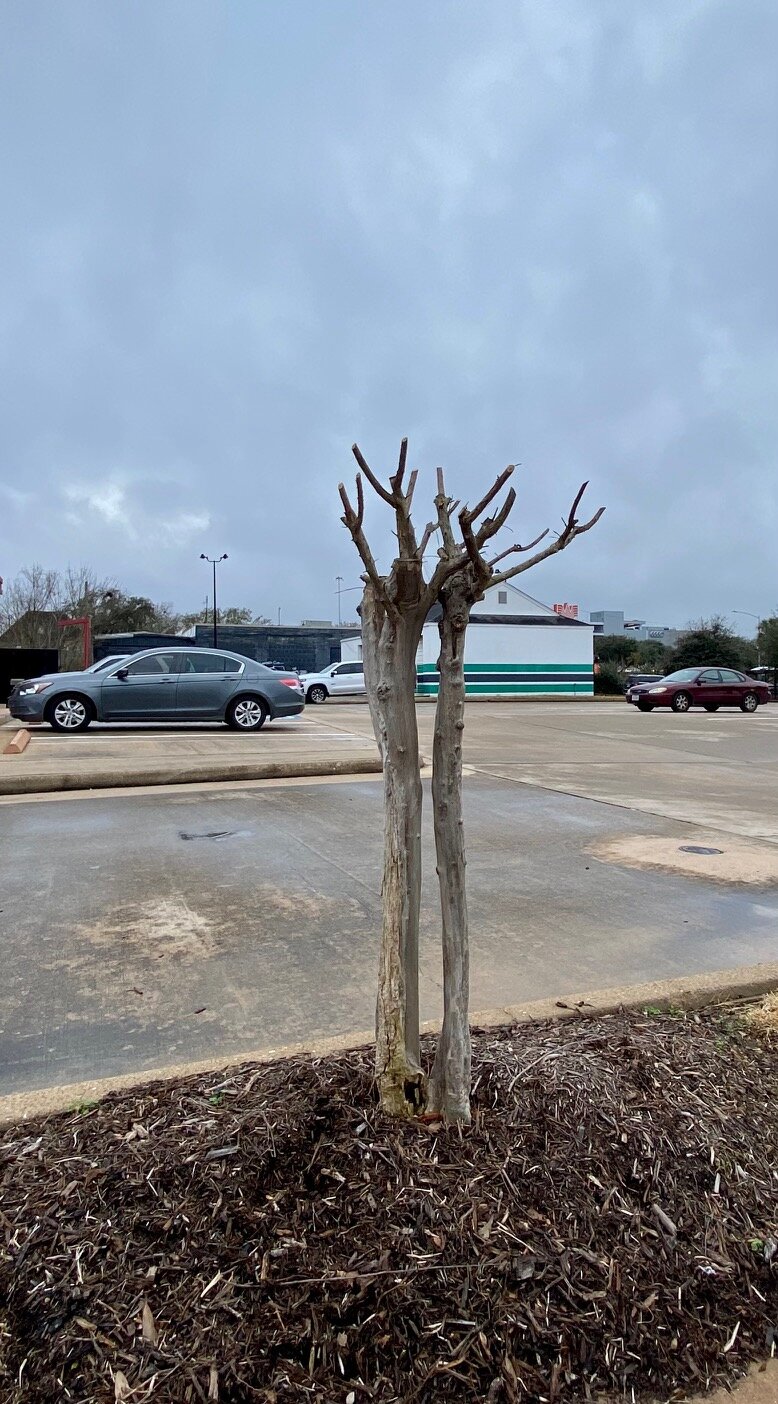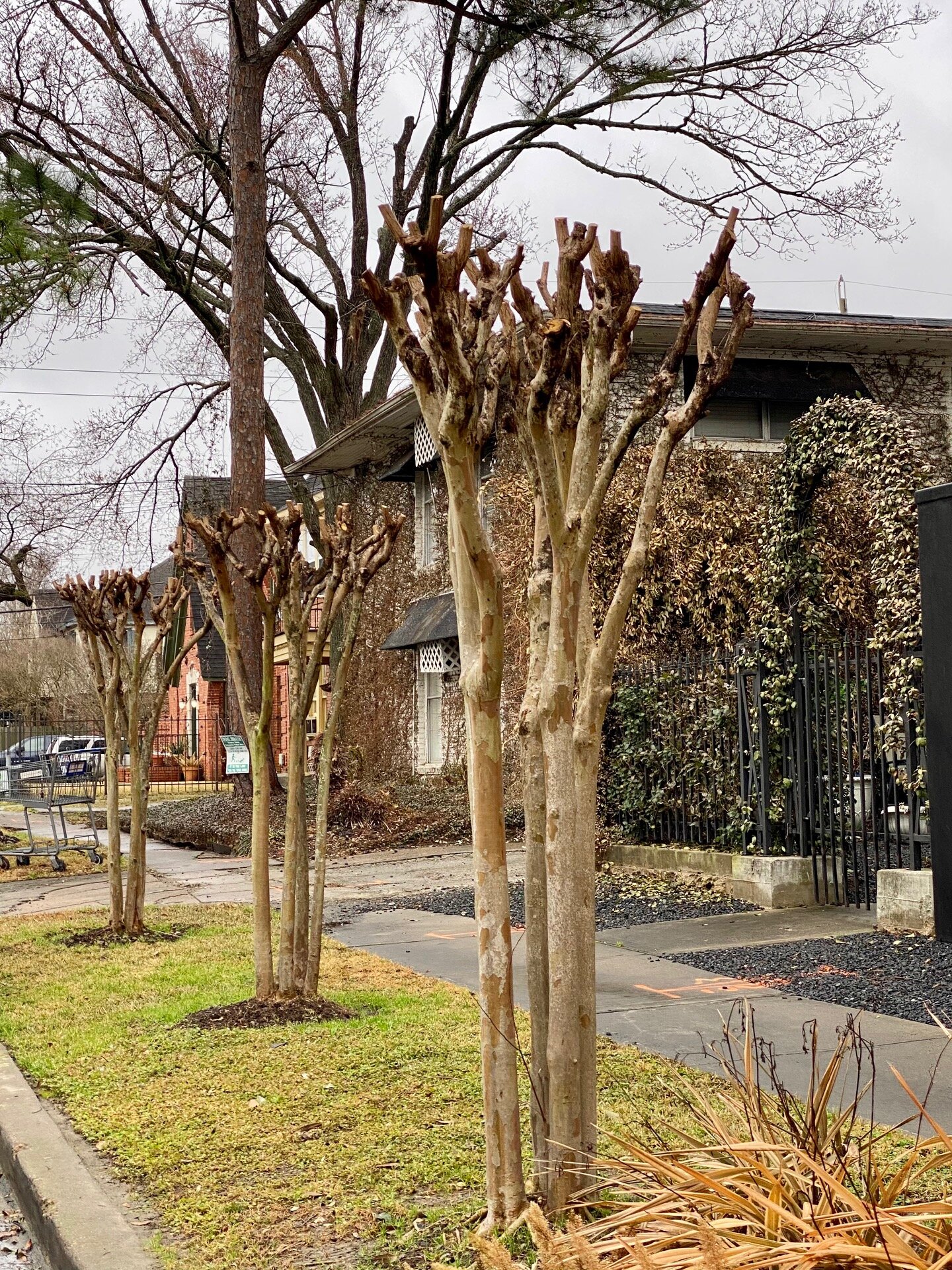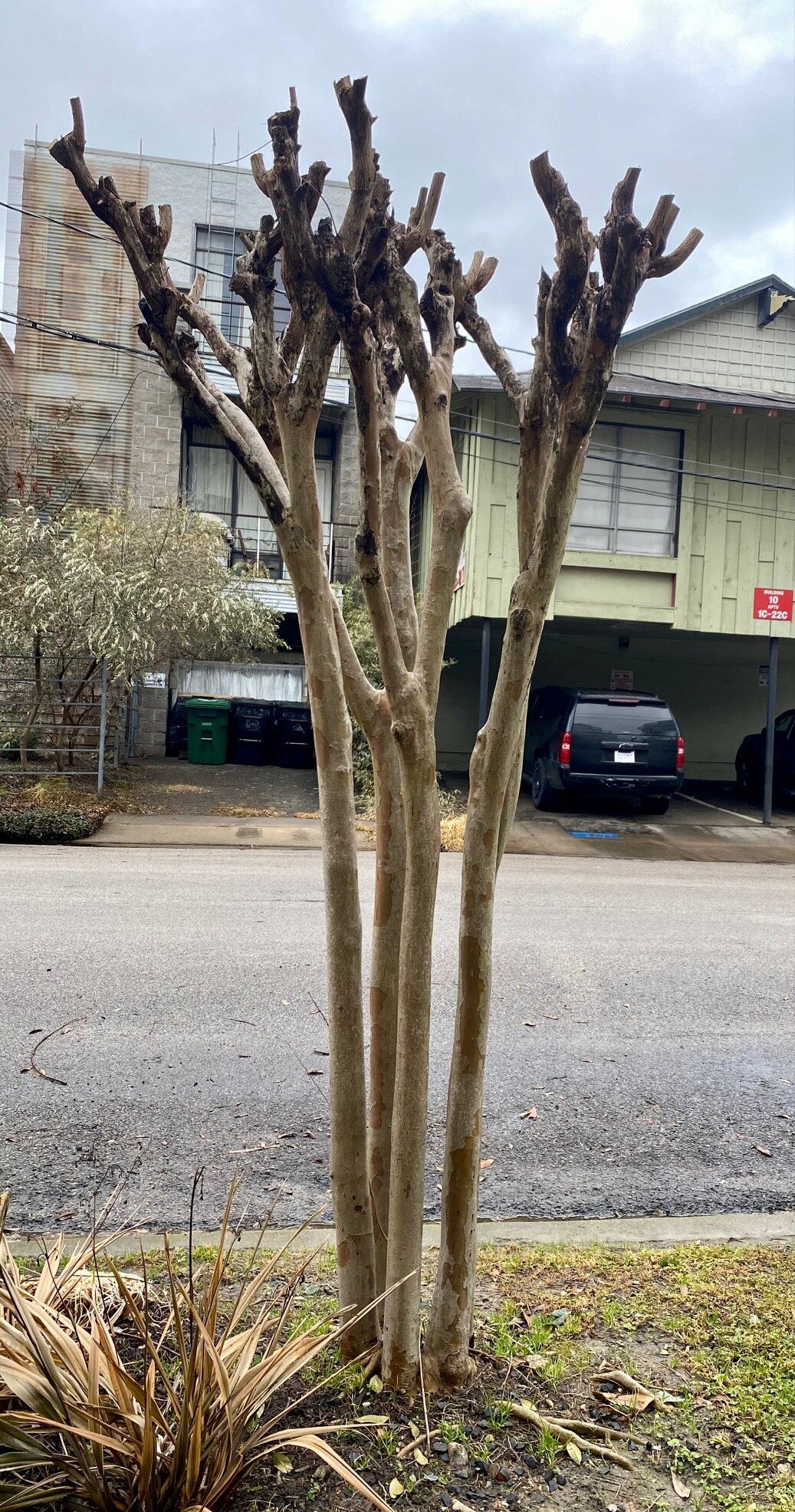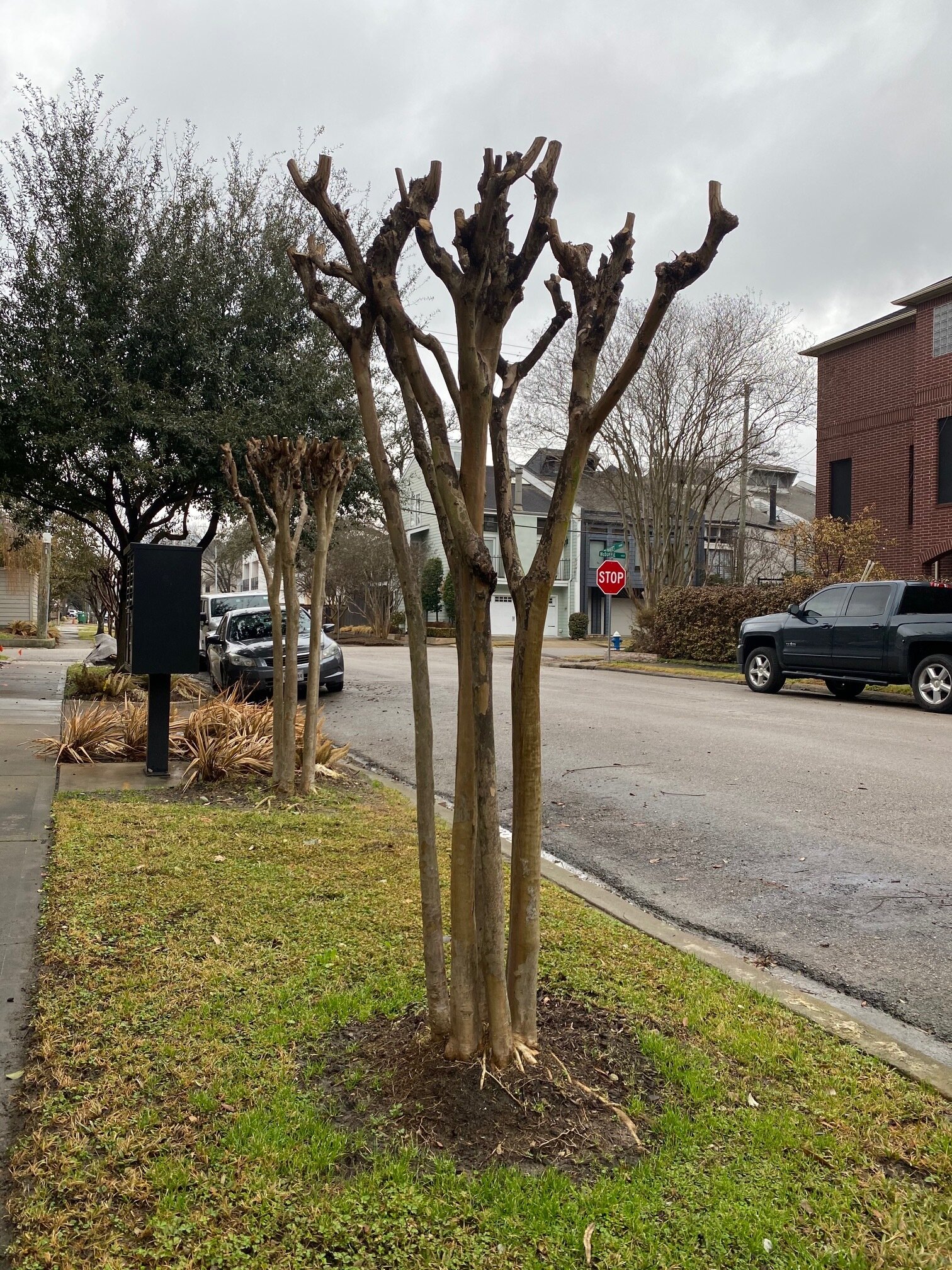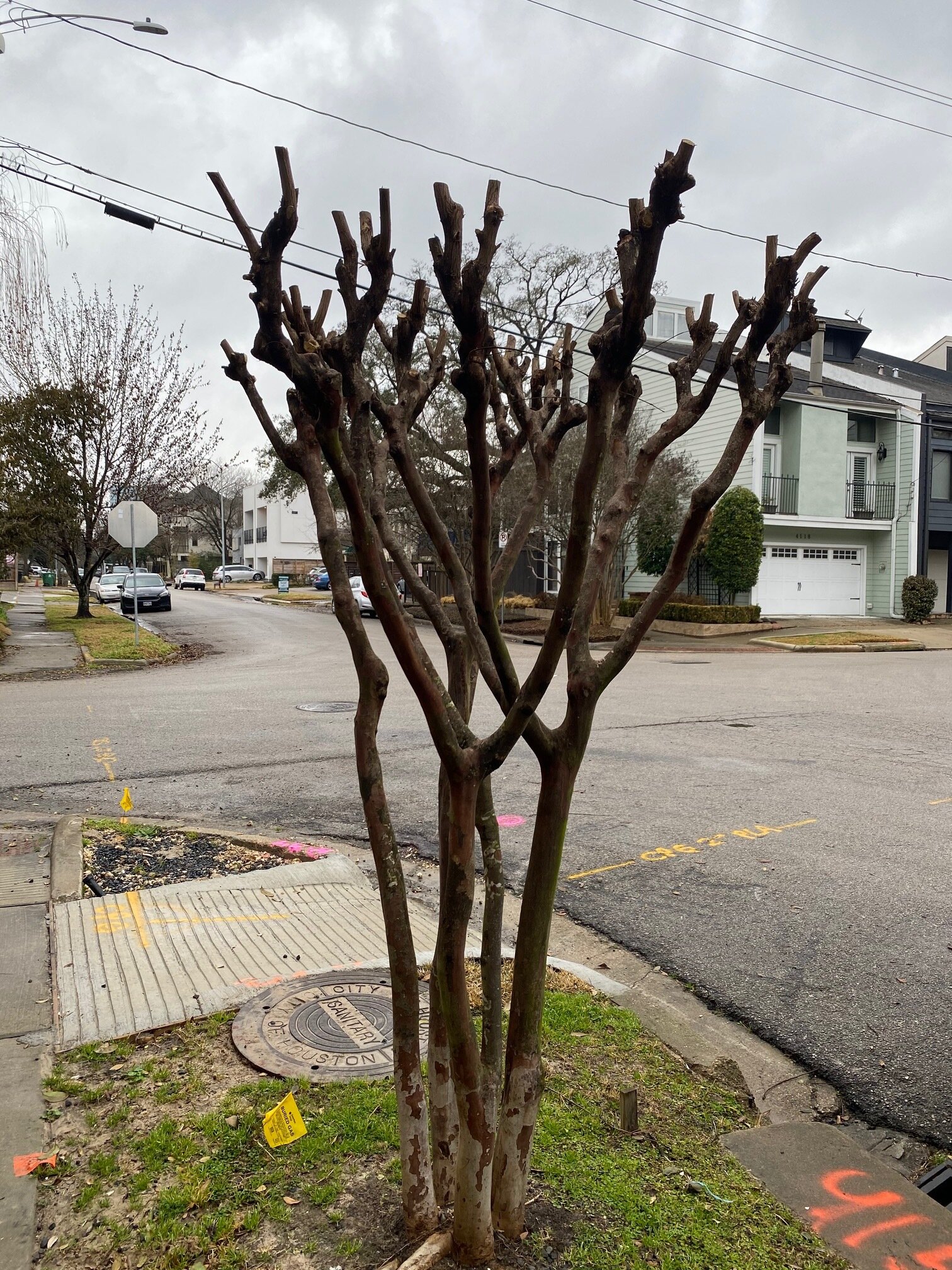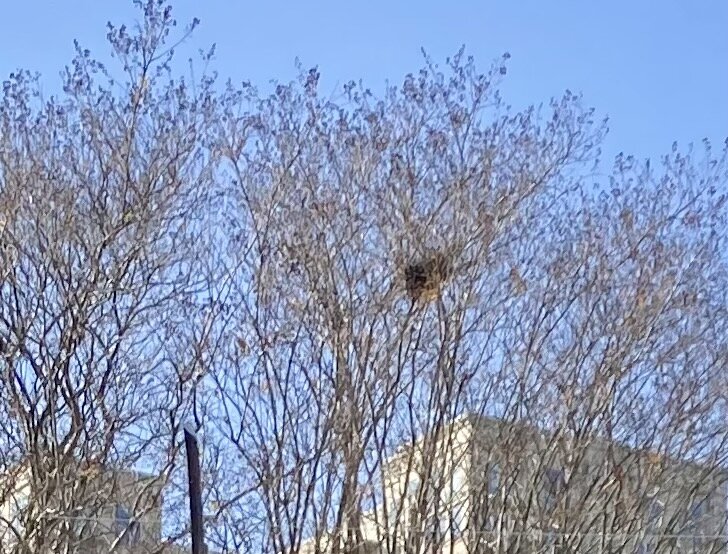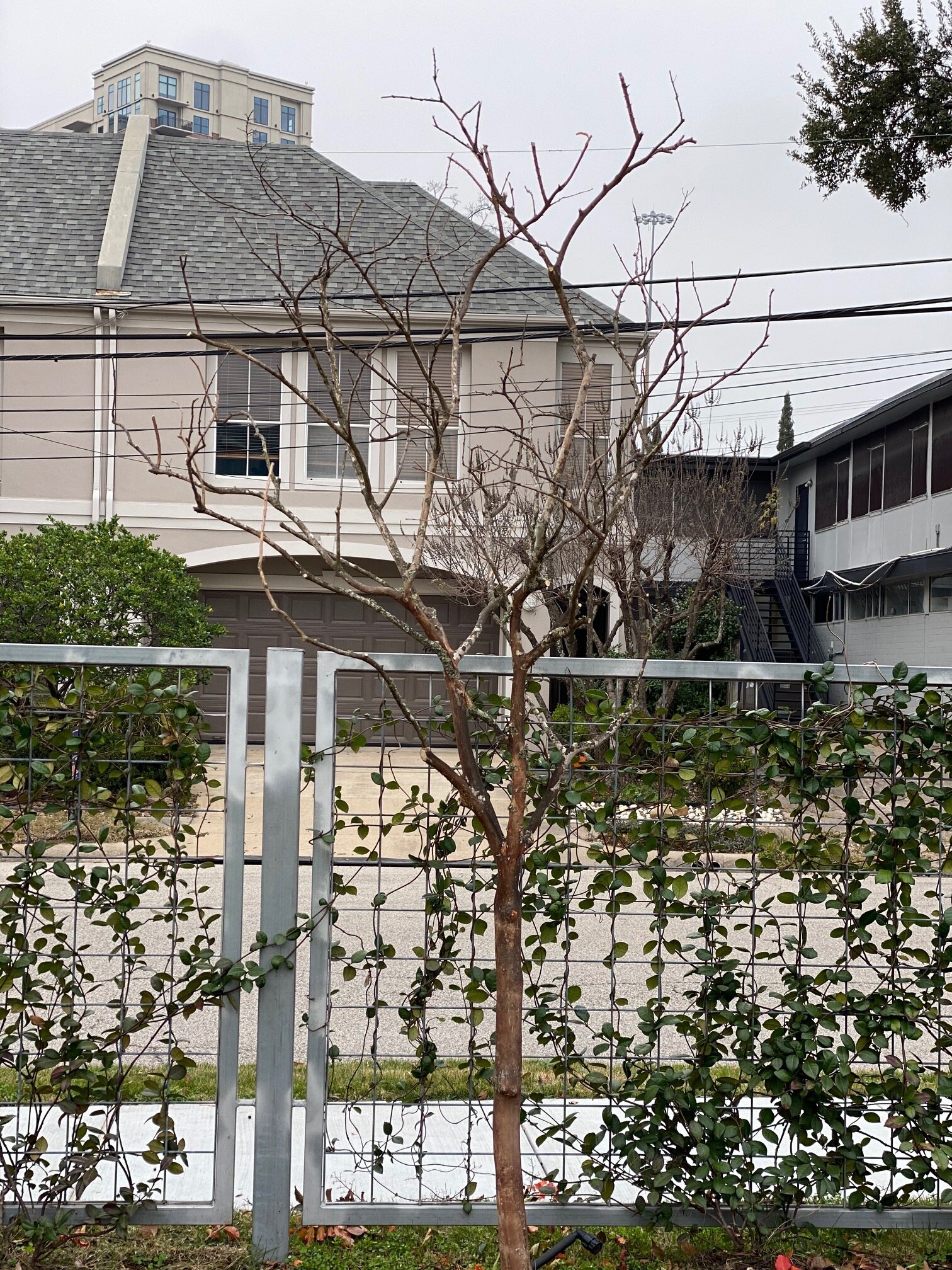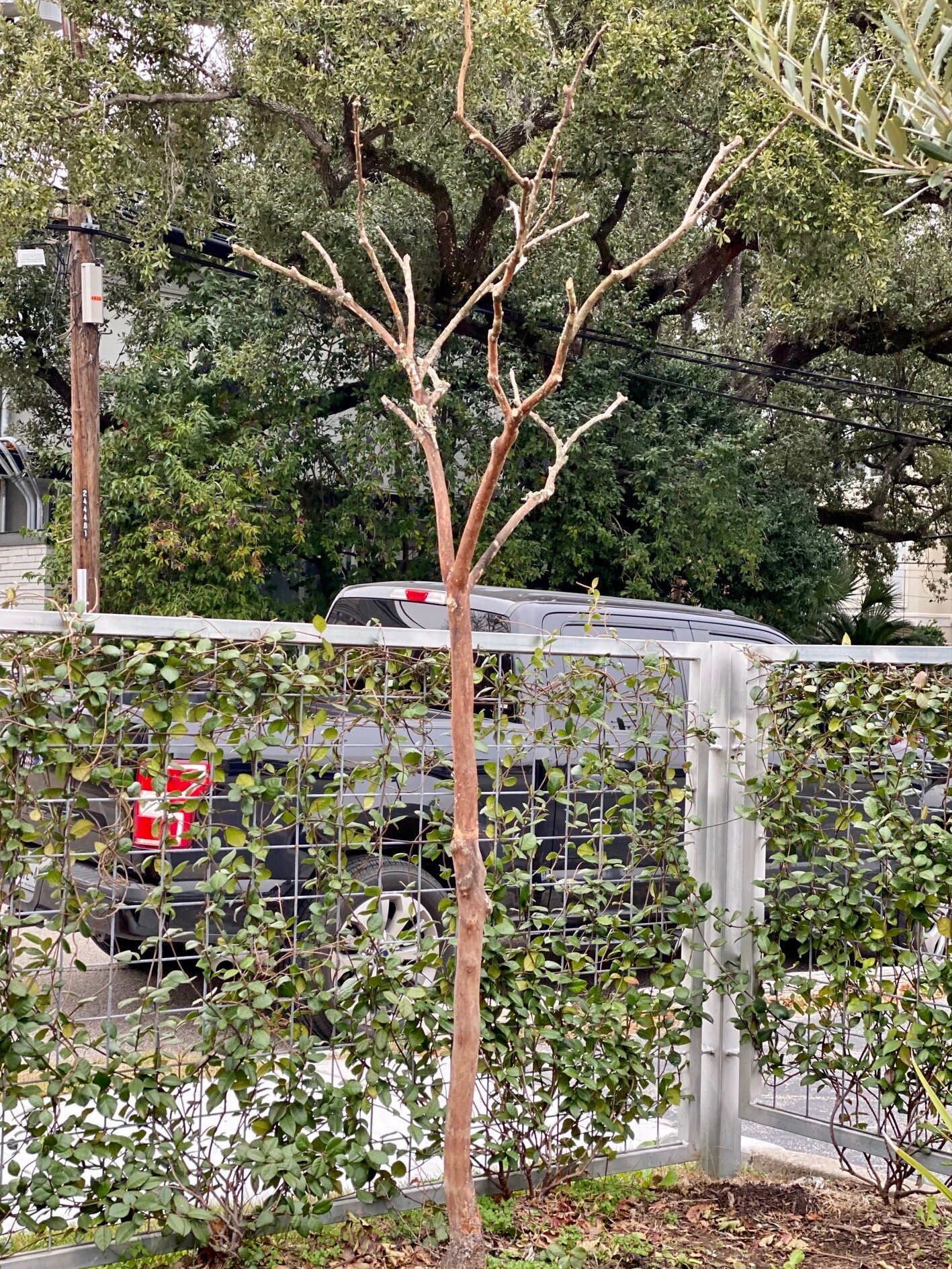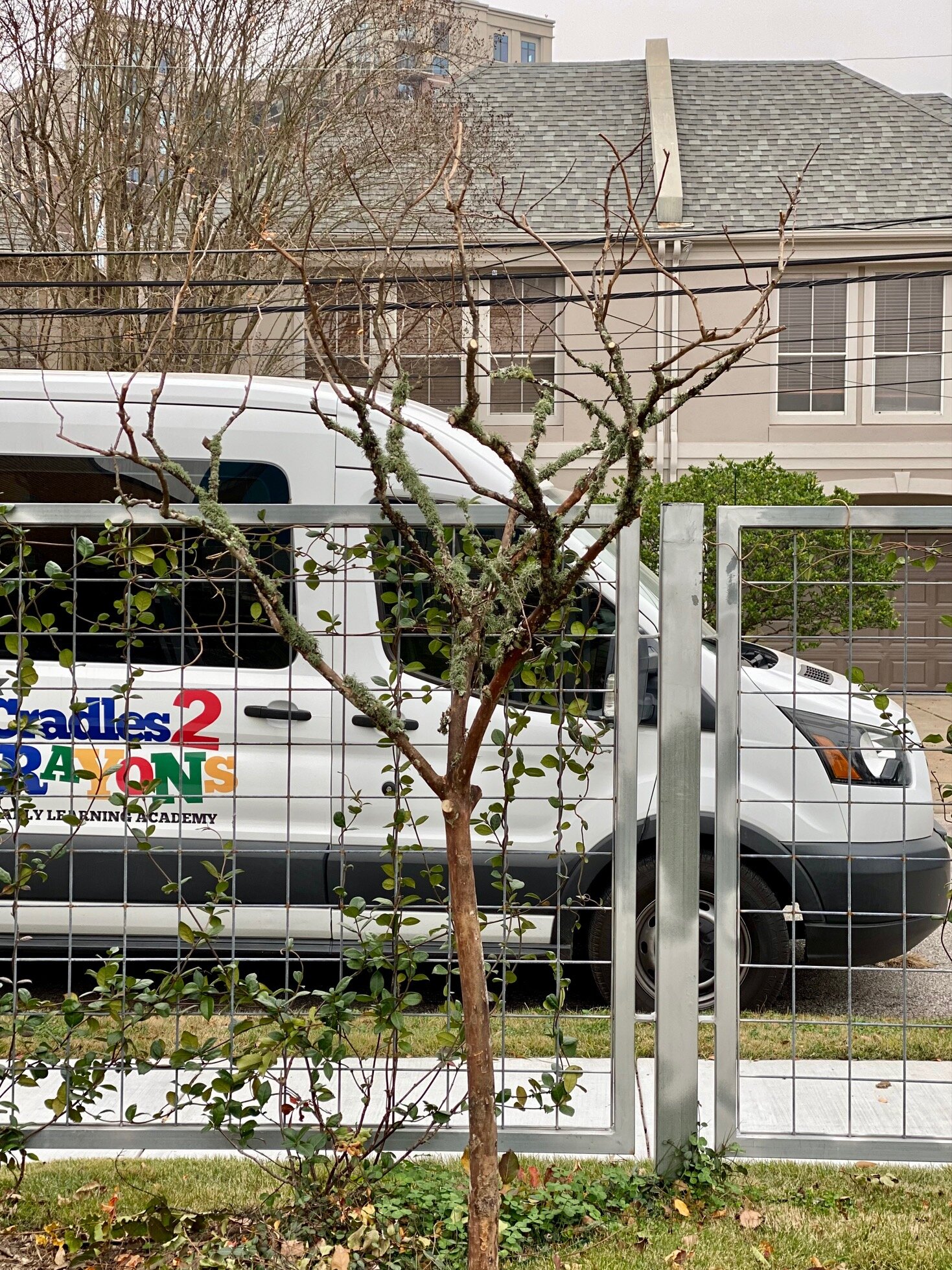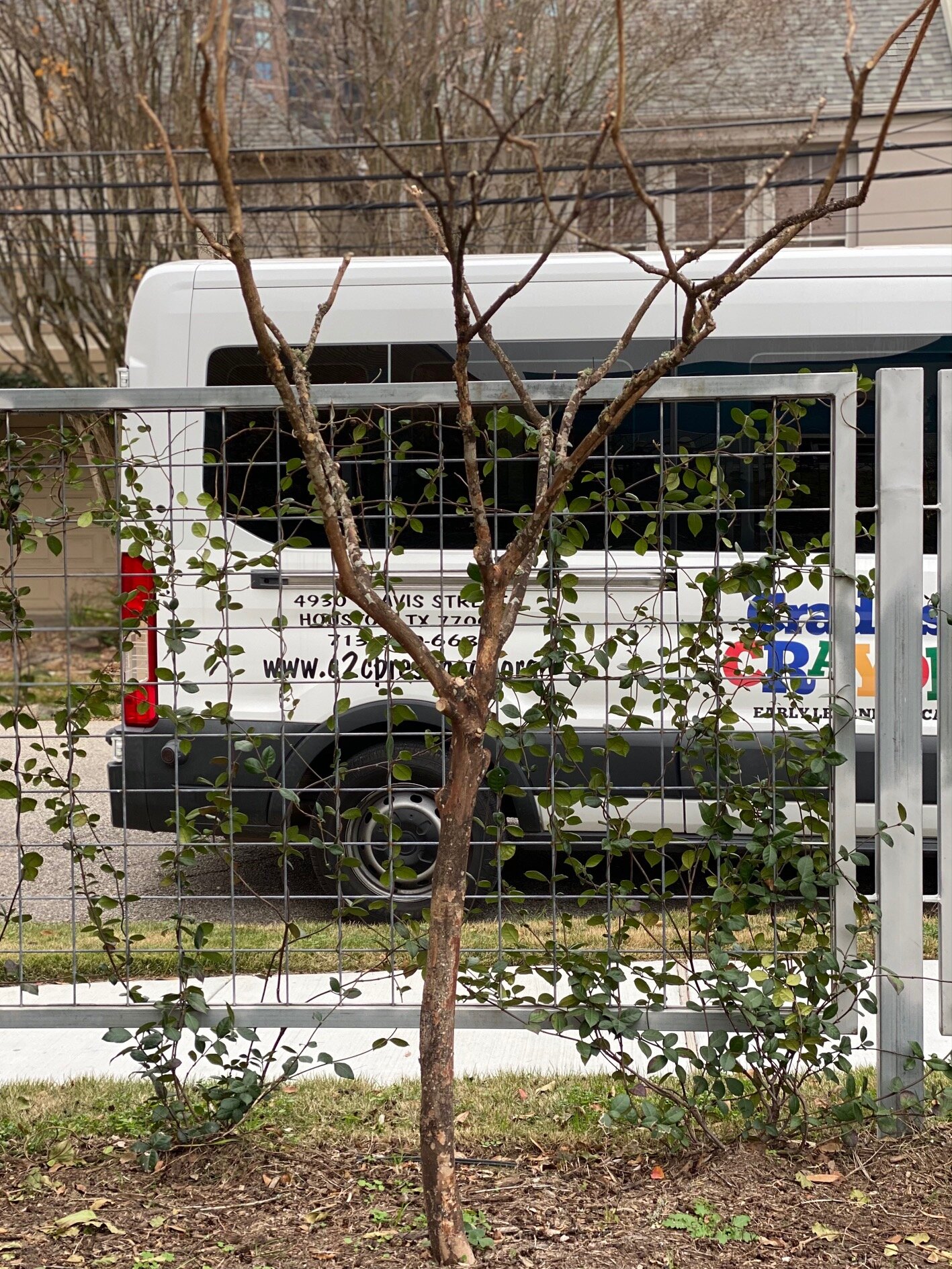In creating a living sculpture, I have to accept change. I can not control the piece nor do I want to. From soil microbes to leaves, petals and butterflies, bees, skippers and caterpillars, I am always looking to the natural processes. I look to see what does the material want to make, what does it need to be. Competition, succession, disturbance, consumption are the sculpting tools of my collaborator, characteristics of the work. I have to let them follow their path to self-design their regenerating community. I bend my creative processes to the design principles developed through the ages on this planet for this place and time. The time is right to change how we landscape. I believe Houston is the right place and Houstonians the right people to plant the seeds.
Competition
Succession
Disturbance
Consumption






